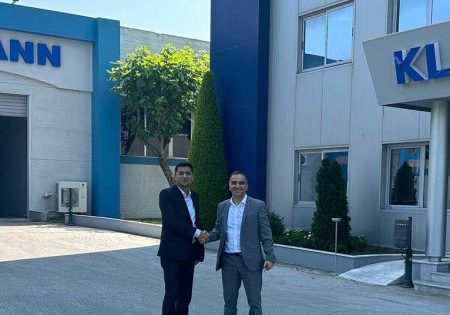Your author advocates for preventive maintenance and a well-coordinated effort to ensure elevator safety.
The difference between quality and reliability is that quality shows how well an object performs its proper function, while reliability shows how well an object maintains its original level of quality over time under various conditions. Reliability means confirming that the parts, equipment or system will work as designed until the end of their designed life cycle.
We need to think about whether our equipment and systems are reliable. Will they perform well whenever we need them during their life cycles? Elevators are very complex machines with many parts and complex electronics components. Despite having complexity, elevators are designed to ensure operational reliability all the time. The measure of an elevator’s reliability is considered in terms of breakdowns observed over a one-year period of operation. An elevator having a maximum of two breakdowns in a year is considered reliable.
This concept of reliability is not new, but it is not given much importance in our industry. There is no government regulatory control or monitoring of any kind over the permissible safety level of elevator operation. Records show the number of accidents and deaths increasing with an increase in the number of elevators. Despite having a well-set quality check system, effective training system, safety provisions and government monitoring, failures, accidents and deaths during elevator operation are noticed frequently.
The factor called reliability of the components and system can help us achieve safe and reliable elevator travel. How can the reliability of components and systems be assured, particularly for elevators? This is a new challenge for elevator industry experts.
My study on elevator accidents confirms that most reported accidents and deaths occur because of parts failure or procedural failure. The study papers show that the door system contributes to approximately 35% of reported accidents, and free falls contribute to approximately 35% of total reported accidents. If the reliability of components responsible for these accidents is ensured, we can confidently control nearly 70% of the accidents and resulting deaths.
For study purposes, let us consider the case of accidents due to door system failure. We simply conclude that there is a door system failure, but have we thought about the designed life cycle of the door system as a whole? The door system has several components that need regular setting and adjustment.
The elevator door system includes:
- Door operators (door belt, pulley, speed control unit, bearing, door motor)
- Locks (lever, roller, spring, bearing, electrical contact)
- Door panels (hanger bearing, bottom shoe, door weight, rope and pulley)
- Door lock pickup mechanism (roller, bush bearings, springs)
Any one part of this door system can fail and result in elevator breakdown. Every part has its own designed life cycle. We need to check periodically and set it to its required position. We need to check door opening and closing time and pressure, door contact pressure, contact meeting surface position setting, contact cleaning, lock assembly movement, lock spring setting, door rope pulley movement, door rope tension, door bottom shoe movement, track cleaning, door alignment, door operator belt movement, door operator pulley groove, door hanger bearing, door motor operation, pick up cam pressure, cam alignment with respect to locks and more.

All above parts are designed for a particular number of operations in a defined working condition. If the surrounding conditions like temperature, external pressure, dust, moisture or setting are changed, the working life of that particular component will be affected — ultimately reducing the reliability of the overall system or elevator. To ensure the reliability of each component, we need to maintain all designed parameters throughout its life cycle.
The same is the case with free fall. Free fall can be the result of a worn-out pulley groove, reduction in rope diameter, a broken rope or drive failure. As a rule of thumb, the life of an elevator rope is 10 years. But there are factors that affect the life of the ropes like rope tension, rope balancing, pulley groove, brake setting, rope lubrication, frequent overloading and environmental conditions.
We need to check rope tension, elongation, reduction in diameter, pulley groove condition and brake setting, evaluating it periodically and reassessing the remaining useful and safe life. AI plays a great role in assessing, evaluating and detecting the possible failure of components or systems well in advance. This helps ensure reliability.
We need to determine the answers to the following questions about why a system, piece of equipment or component fails to achieve reliable elevator operations. Is it because of:
- A lack of periodic technical audit?
- A lack of technical support or training for the service staff?
- A lack of proper tools?
- Improper coordination?
- Human fatigue?
- A lack of knowledge?
- Mishandling by users?
- Environmental issues?
- A lack of government regulations/monitoring?
Reliability means confirming that the parts, equipment or system will work as designed until the end of its designed life cycle.
Detailed study of the answers to all the above questions can lead us to implement checks, tests and required corrective action. Some elevator companies might be working on this in isolation, but a well-coordinated effort by industry leaders will be more effective. We must work out a necessary plan of action and coordinate with government authorities to incorporate the same requirements in the regular lift rules. At present, there are no common guidelines among industry players. At the same time, there is no government regulatory control or monitoring of any kind over the permissible safety level of elevator operations.
Get more of Elevator World. Sign up for our free e-newsletter.










